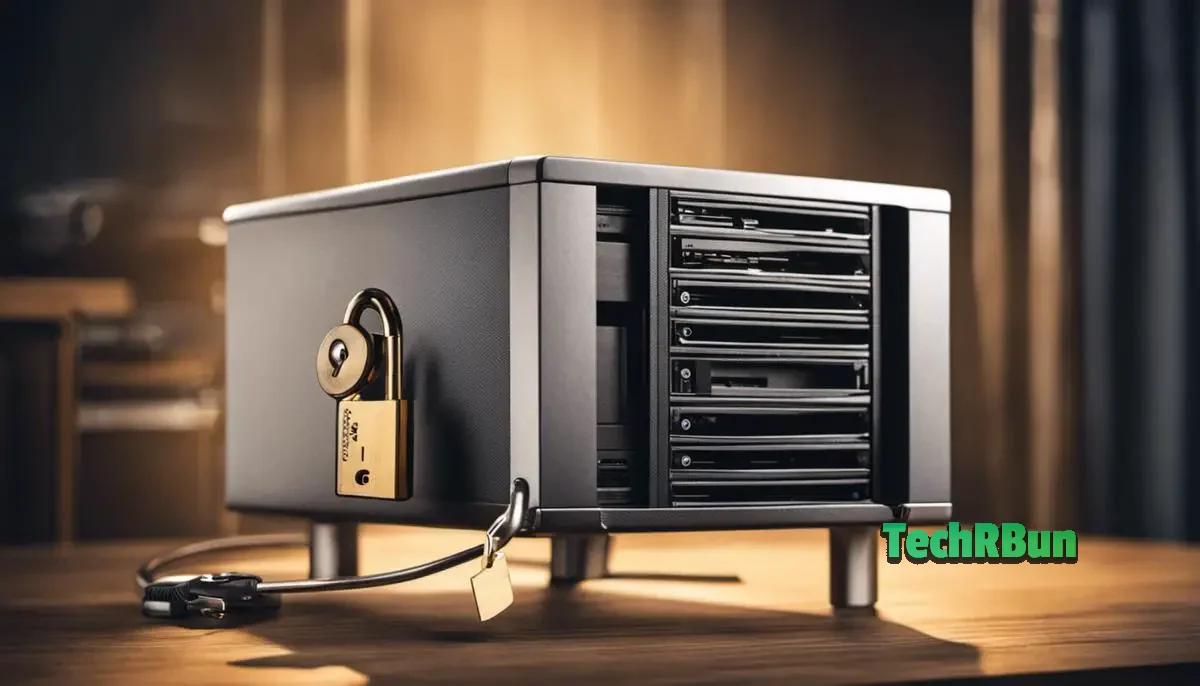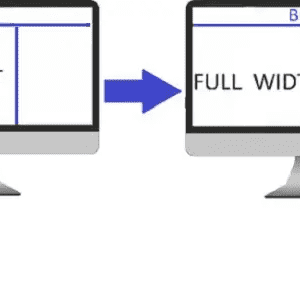In the vast expanse of the Windows operating system, there lies a critical folder known as System32. This core directory holds a prominent position given its complex but essential role in system operation.
Understanding System32 is like peering into the engine room of your PC’s OS – it’s where all the crucial actions happen.
Just as every cog, gear, and piston in an engine plays a part, each file within the System32 directory has its role, contributing to the efficient and effective working of the system.
Within this discussion, we delve into the heart of System32, unraveling its complexity, and discussing the consequences of deleting it.
Table of Contents
Understanding What System32 Is
System32: Unpacking Its Significance in Windows Operating System
System32, a directory or folder, is a non-negotiable component of the Windows Operating System (OS). It’s nestled in the “Windows” folder of your computer’s C drive.
Primarily, it serves as the depository for essential files enabling the seamless functioning of Windows OS. It houses libraries (.dll files), drivers, and system utilities required by the OS, making it instrumental for stably launching and running Windows.
Every aspect of your Windows experience is dictated by the files stored in System32. It holds sway over everything, from the moment that attractive GUI (Graphical User Interface) surfaces at startup, to the execution of seemingly simple tasks like opening an application or adjusting system volume.
Contrary to common perception, however, System32 is not one homogeneous bloc. It’s home to an assortment of distinct files serving various purposes — including kernel files responsible for coordinating system interactions, a cluster of device drivers communicating between hardware and software, ancillary files enabling network connections, and security files fortifying system protection. This multilayered catalog is pivotal to delivering the sought-after Windows experience.
Given its intricate role in system operations, altering or removing this folder or its contents can potentially be catastrophic, leading to errors, instability, or even a system breakdown. The OS treats it as a VIP — Very Important Process — withholding average users from directly altering it and preventing potential missteps.
Recent iterations of Windows come with SFC (System File Checker), an inbuilt utility designed to monitor, verify, and when necessary, repair files in System32. Running this utility helps keep the System32 folder in optimal health, ensuring seamless system performance.
Alternatively, tech-adept users comfortable with command line operations can utilize the power of DISM (Deployment Image Servicing and Management) as a more nuanced and thorough solution.
Simply put, System32 is the pulsing heart of the Windows OS. It’s not your average folder; it’s a reservoir of vital system files that ensures the computer wakes up, performs tasks, and bids goodnight the way it’s intended to.
Bearing this significance, it deserves understanding, a cautious approach, and protective measures from manual changes. The power and influence of System32 in Windows OS is a captivating example of technological excellence and intelligent design in action.

Consequences of Deleting System32
One of the axiomatic truths in the realm of technology: tinkering with the System32 directory is fiddling with fire. This shrouded core of the Windows Operating System, one ought to approach it with the soundest heads and steadiest hands; anything less can spell doom. By now, you should be aware that the accidental or intentional deletion of System32 is almost comparable to pulling the plug on your device’s vital organs.
Ultimately, if you have brushed past the cautionary tales and ended up erasing the System32 directory, whether by accident or by design, you’re staring at a certain blackout. The System32 folder is to Windows what a neural engine is to futuristic AI – the epicenter of all activity. A full-scale removal will cripple the OS, leading to an irrecoverable crash.
Extent of Damage: On the Brink
At the very heart of it, the damage inflicted is far beyond surface-level crashes. Once vanished, the System32 directory takes with it the fundamental binaries and executables that the Windows OS vitally depends upon, thwarting a healthy reboot.
The absence of a functioning User Interface is one of the immediate symptoms of system failure – an initiation to the black abyss of non-functional OS. Expect shutdowns, system errors, and other dramatic performances as your operating system struggles to function without its core components.
Worse yet, striving to redo the OS without a pre-existing backup leads to further complications. Restore options and recovery tools are a part of the System32 directory, and thus, they disappear with it. This obstinate cycle of misfortune ensures that a fresh reinstallation of the Windows OS becomes the only survivor.
For those who like to walk the tech-edged path and try to manually recreate the System32 folder – consider it a futile effort. The essential binaries and drivers are intricate in structure, and recreating them is nothing short of recreating a Mona Lisa with a box of preschool crayons. Therein lies the rub. Deletion of the System32 directory is a one-way road to OS annihilation.
The Final Firewall – Windows Protection
Fortunately, Windows comes armed with potent security measures to prevent uninformed users from causing this level of damage. The OS prohibits users from deleting System32 as a part of its core programming. But, if you’ve managed to override this restriction, the aforementioned disaster will inevitably follow.
Exercise the highest level of caution when dealing with System32. The directory may seem innocuous lying silently within the Windows folder, but the profound implications of its modification are brutal. Effectively, toying with System32 is a technological equivalent of Russian Roulette – and the bullet is always chambered.
Now that you know the impact and severity of deleting the System32 directory, tread lightly. This isn’t a superhero movie, and you don’t get bonus points for living dangerous. More knowledge, less risk: that’s the tech enthusiast’s way.

Preventing and Recovering from System32 Deletion
The Windows ecosystem already has protective measures for unnecessary System32 alterations. Basic users are often shielded from inadvertently causing System32 disruptions thanks to User Account Control (UAC), which prompts for administrative permissions before proceeding with a risky action.
Thus, always ensure that you have UAC activated. It can be activated from the Control Panel > User Accounts > Change User Account Control settings.
Nevertheless, more advanced users should consider adopting more stringent precautions. Activating Windows Defender, the integrated antivirus protection, can guard against external threats that target System32. Regularly updating your antivirus signature database ensures up-to-date protection.
Firewalls are another line of defense. These network security systems regulate the incoming and outgoing network traffic based on applied rules, thus protecting your system from malicious software that could disrupt System32. You can activate your firewall by visiting Control Panel > System and Security > Windows Defender Firewall > Turn Windows Defender Firewall on or off.
The Windows framework provides several tools that can reestablish the lost System32. The System File Check (SFC) and the Deployment Image Servicing and Management (DISM) you’ve been introduced to, are robust utilities for tackling System32 recovery.
To use the SFC, boot your system in Safe Mode, then launch Command Prompt as an administrator and enter the command “sfc /scannow”. This action will initiate an automatic search and repair process for missing or corrupted system files.
For DISM, execute the DISM /Online /Cleanup-Image /RestoreHealth command in the command prompt. Despite being slower than the SFC, the DISM is thorough and reaches into the Windows image itself to replace damaged files.
In cases where your computer system fails to boot, Recovery Media can come in handy. You can create one in advance from Control Panel > Recovery > Create A Recovery Drive. You can use this drive to boot your PC and then launch the SFC or DISM utilities.
Windows also maintains a System Restore function with the potential to retrieve your system to a point before the System32 deletion incident. Start System Restore by typing “system restore” in the Windows search box and following the prompts. Choose a point when the system was operational and the System32 was intact.
Ultimately, continuous, robust backing up of personal data and system settings is the most infallible method when it comes to dealing with a System32 deletion incident. If all else fails, a fresh installation of Windows may be necessary.
However, remember, automated tools and systems are your right-hand in maintaining and recovering your digital infrastructure. Ensure they’re always ready in your tech arsenal. The power to prevent and recover from System32 deletion is in your hands.

As a citizen of the digital world, knowing how to effectively safeguard your system, particularly the integral System32, is vital.
Just like the blueprint of a skyscraper or the DNA of an organism, System32 holds essential information that dictates the operational logic of your Windows system.
The idea of losing this can be terrifying, yet, just like any other crisis, knowing what to do when it happens significantly minimizes the impact.
Strategies such as maintaining up-to-date system backups and using system restore tools can serve as a lifeline when the unthinkable occurs.
Navigating the digital world armed with knowledge and preparedness can help secure your system’s foundation, and ultimately, your peace of mind.






